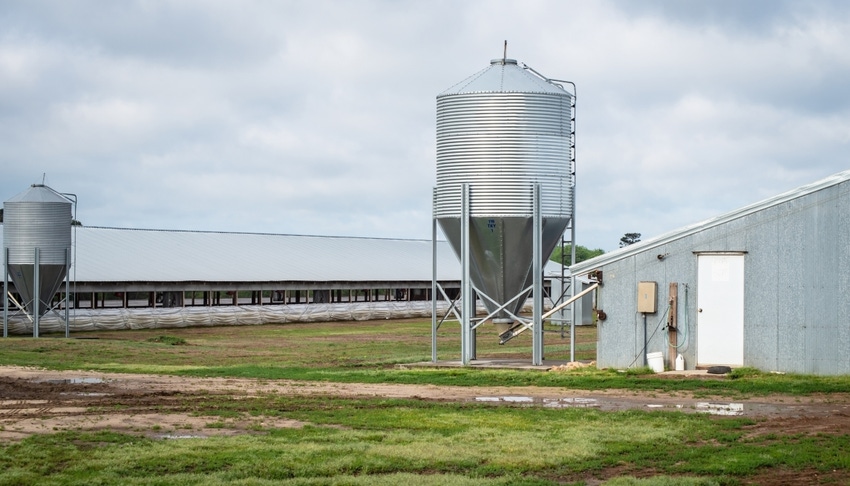What the swine industry can learn from trade in 2020
Biggest takeaway from a challenging year is the resiliency of swine producers.

Hopefully the title of this article doesn’t make you turn and run! It is important to look back on 2020 to try to make some sense of what happened, not only in the swine industry, but also society, in general. By doing this, we can take the few best parts and learn from our experiences. We are all too aware of COVID-19 and the ramifications that have followed. But, what value can we take away from such a challenging year to make individual operations, and the swine industry, better?
Let’s start with a positive first. Looking at year-to-date exports through October, total exports are up just under 20% from a year earlier. China is leading the way, with an astonishing 176% increase in sales from a year earlier. Is this finally the boom everyone has been talking about for over a year now? Maybe, but the key question is how long it can last.
I am sure by now that everyone has seen the recent article on Muyuan Foods investment in a mega complex that will house 84,000 sows. Even with African swine fever (ASF) devastating China’s swine industry and the obscene profit levels profit levels, capital investment in swine facilities will continue to pour into China. It is anybody’s guess how long it will take China to rebuild their swine industry. One constant, however, is their government’s commitment to food sustainability. With that type of commitment by the Chinese government, is it prudent to relay on them as a long-term trading partner? All you have to do is look at Australia beef for that answer.
Australia banned the 5G technology for their mobile network by Huawei over national security concerns, and in retaliation, China banned Australian beef. Unless the U.S. can sign a free trade agreement with China that removes trade barriers and levels the playing field, we need to refrain from overbuilding our industry. It has been estimated that China will rebuild their swine industry within four years, at which time they will return to pre-ASF import levels. The obvious question needing to be answered is whether you are willing to invest in 30-to-40-year assets without a long-term commitment.
In addition to trade, economic indicators suggest we remain at current levels of production. If you are fortunate enough to sell your hogs on a cutout contract, you are making some money. If you are stuck with a cash-indexed price, you continue to lose money. Looking at the next 12 months, the average producer selling hogs tied to futures with a historic basis will see breakeven at best.
Without a doubt, the biggest takeaway I have seen working with swine producers this year is their resiliency. This year has been hard for many industries, but swine producers had to make difficult decisions early to cull market hogs or pigs throughout their entire system. These were very stressful decisions that had to be made as packing plants closed across the country. Looking back at this, the efficiencies in the U.S. industry didn’t leave any room for a black swan event such as COVID-19. As an industry, should we continue to maximize plant capacity going forward or try to create some room for the next black swan event?
As we make long-term decisions within our operations and in the industry moving forward, I believe each producer needs to answer the questions above. The U.S. swine industry is mature and relies on exports for additional growth. We need to continue to build relationships with reliable trading partners first.
Steve Malakowsky is a VP Swine Lending Specialist, with over 23 years of experience at Compeer. For more insights from Steve and the Compeer Swine Team, visit Compeer.com
About the Author(s)
You May Also Like





